China Caixin PMI Manufacturing dropped from 50.9 to 49.1 in January. That’s the worst reading in 23 months. Also, the index slumped into negative territory for the fourth time since February 2020.
Wang Zhe, Senior Economist at Caixin Insight Group said: “From December to January, the resurgence of Covid-19 in several regions including Xi’an and Beijing forced local governments to tighten epidemic control measures, which restricted production, transportation and sales of manufactured goods. It became more evident that China’s economy is straining under the triple pressures of contracting demand, supply shocks and weakening expectations.”




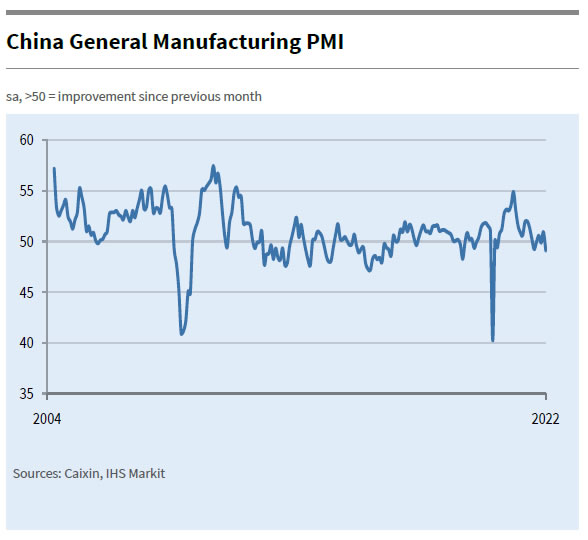
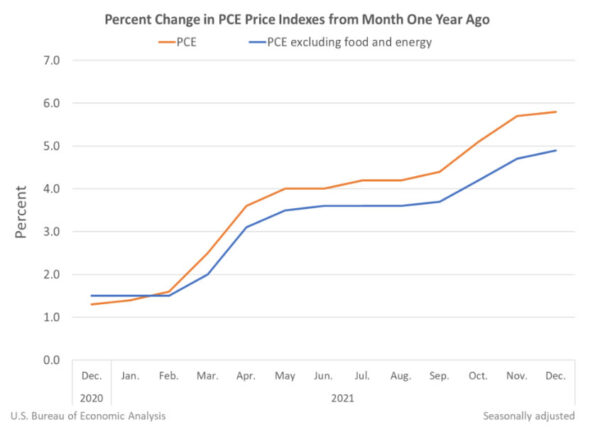
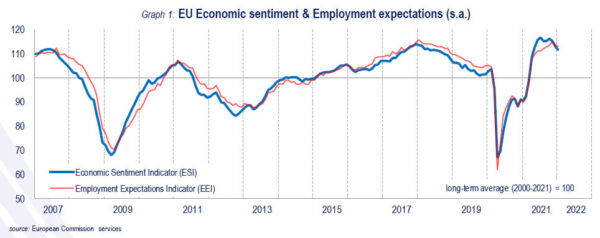
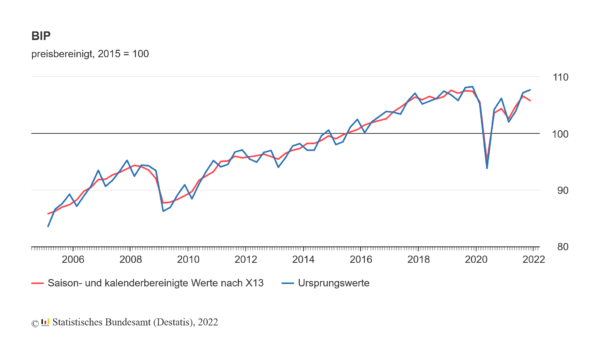
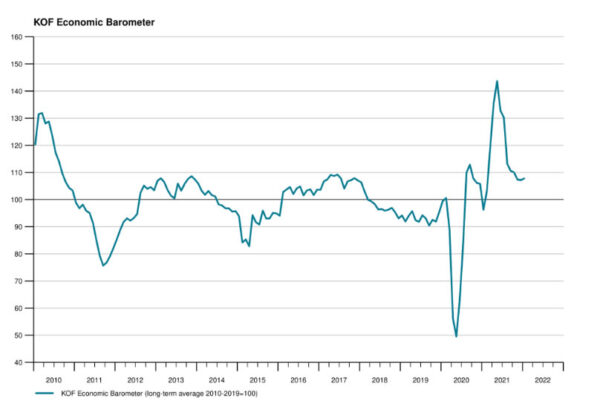
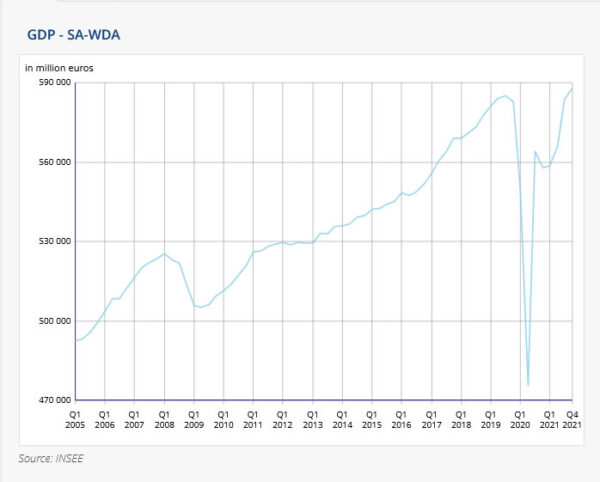
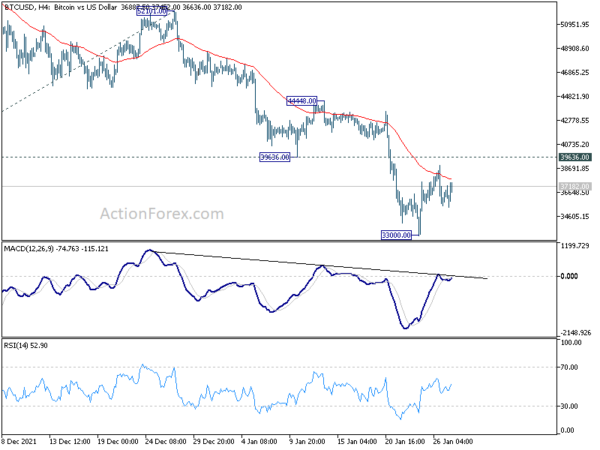
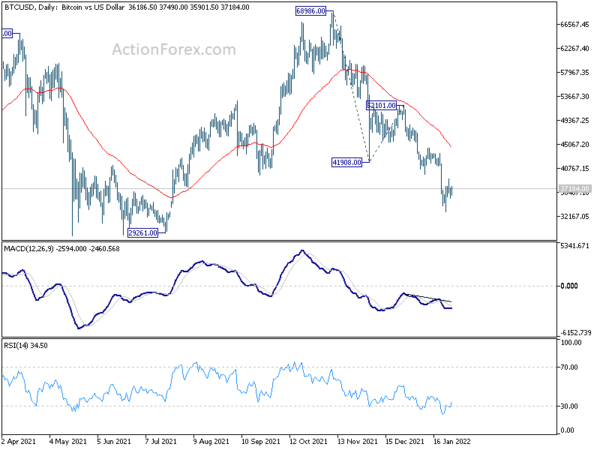
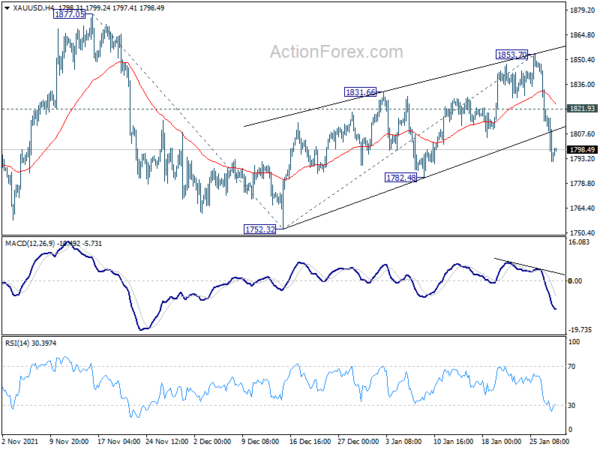
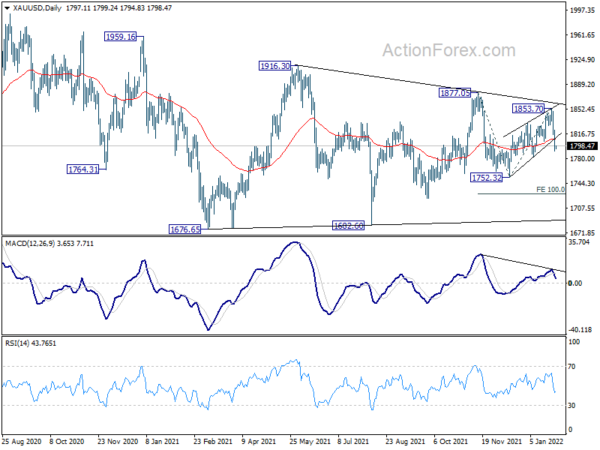
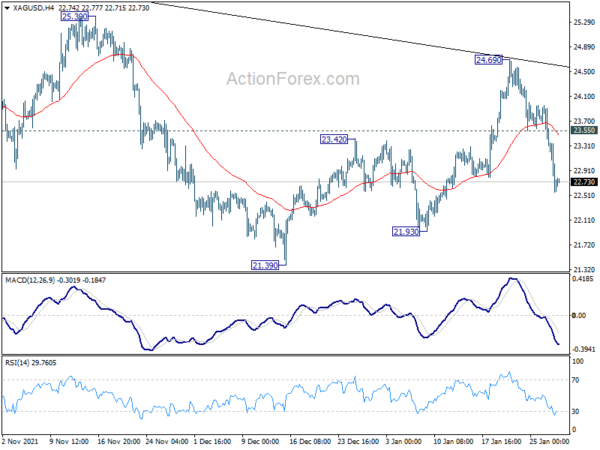
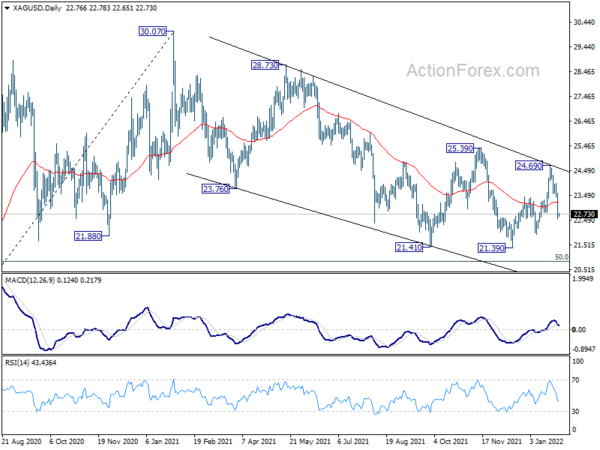
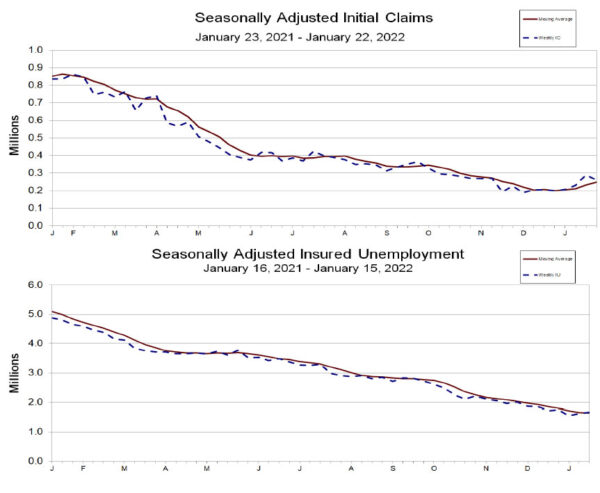
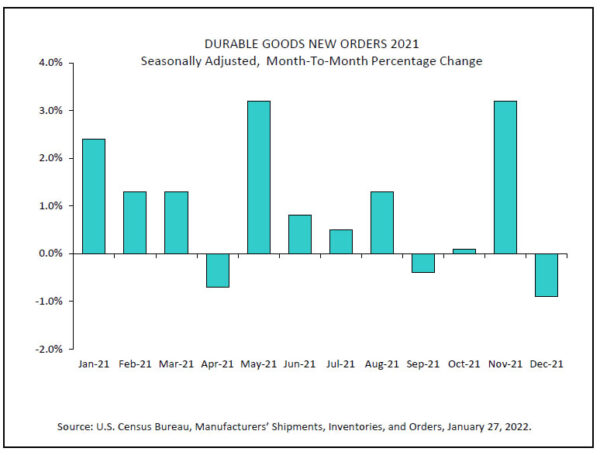
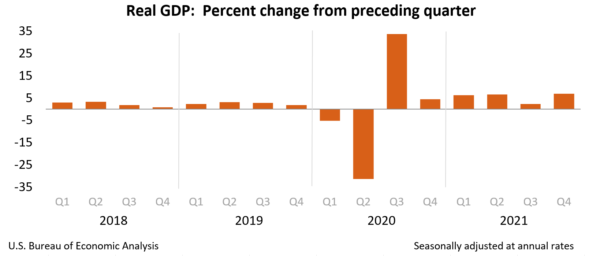
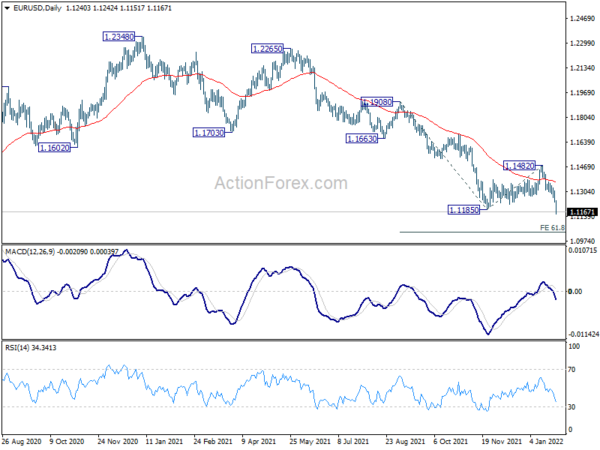
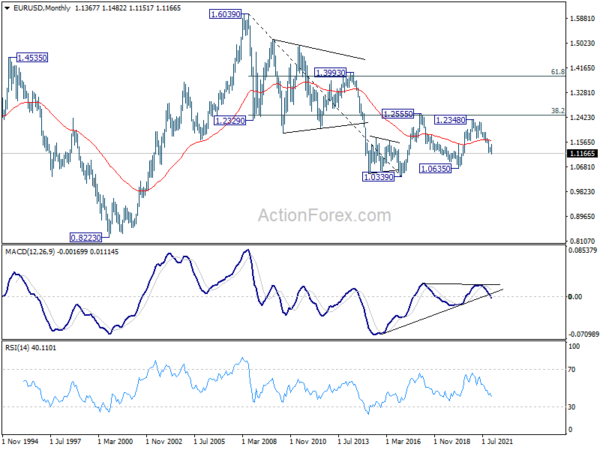
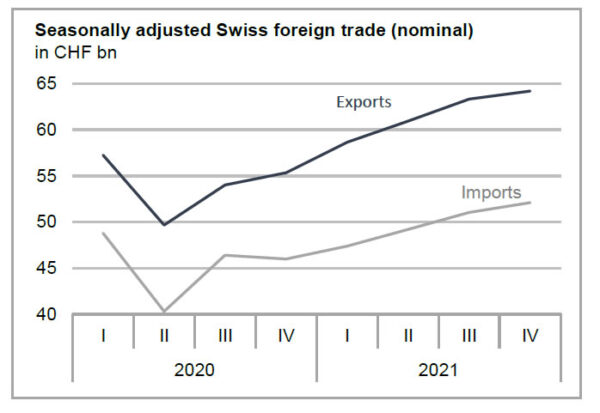
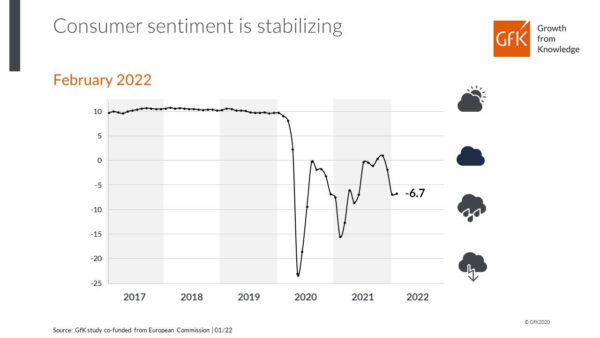
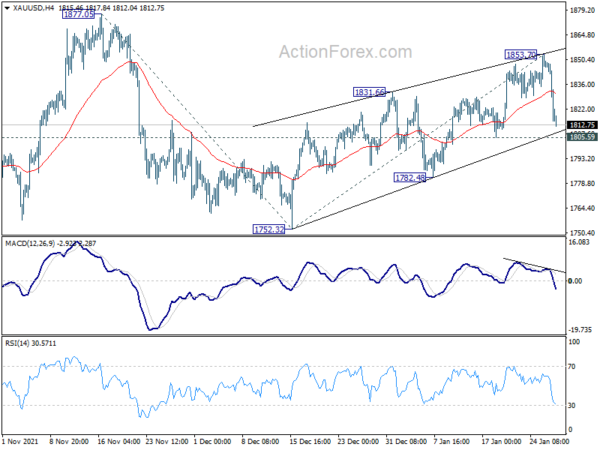
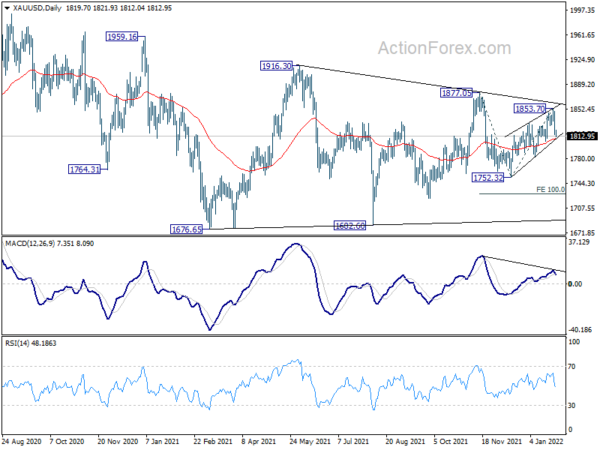
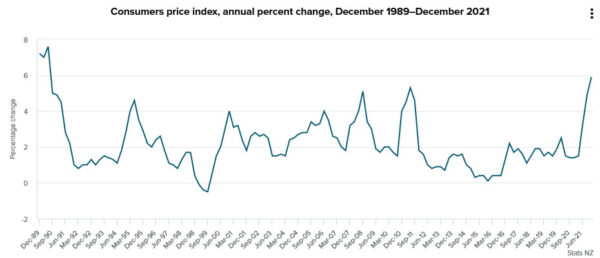
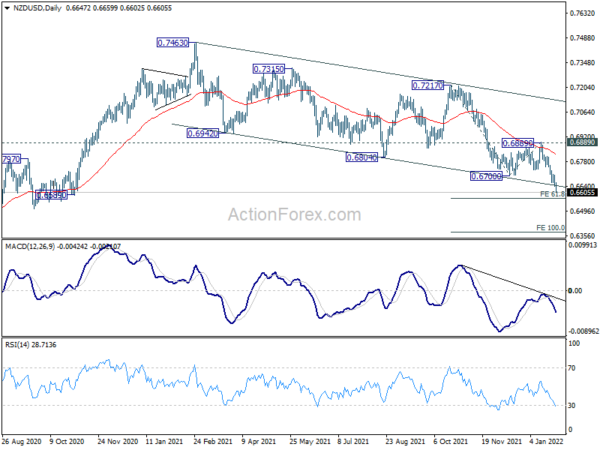
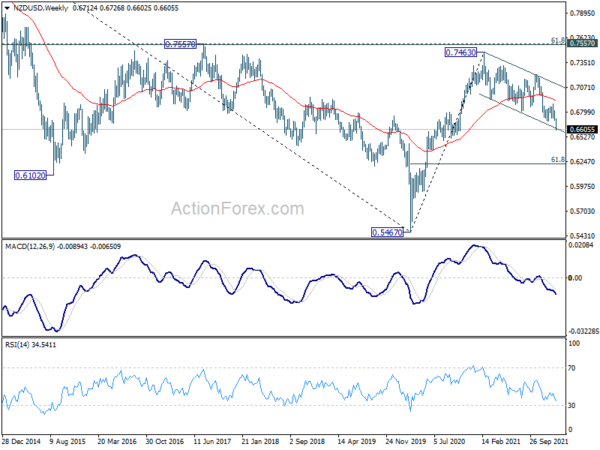

Eurozone GDP grew 0.3% qoq in Q4, EU up 0.4% qoq
Eurozone GDP grew 0.3% qoq in Q4, slightly below expectation of 0.4% qoq. EU GDP grew 0.4% qoq. The 2021 annual growth was at 5.2% based on first estimation for both Eurozone and EU.
Among the EU Member States for which data are available, Spain (+2.0%) recorded the highest increase compared to the previous quarter, followed by Portugal (+1.6%) and Sweden (+1.4%). Declines were recorded in Austria (-2.2%), Germany (-0.7%) and in Latvia (-0.1%). The year on year growth rates were positive for all countries.
Full release here.